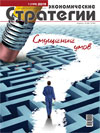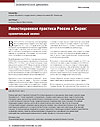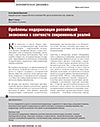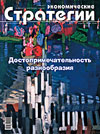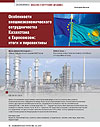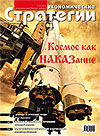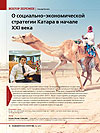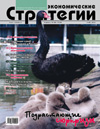Investment Practices of Russia and Syria: Comparative Analysis
Military operations in the Syrian Arab Republic affect foreign investment in the country. Despite this, Russia continues to cooperate with Syria in the investment field. Judging by Syria’s internal potential, peculiarities of its geopolitical situation in the region, as well as international trends and strategies of Russia’s foreign policy, the Syrian Arab Republic maintains its relations with the Russian Federation within the framework of the forces center policy and against the background of the prestige policy. At the same time, towards Russia Syria pursues completely different foreign policy than in relation to other countries. Exploring investment activities in Syria and Russia’s participation in the Syrian economy through investments, the author draws up a conclusion that Russian enterprises’ entry into the Syrian market after the conflict stabilization should be based on the principles of leasing. The most interesting form of cooperation from the Russian point of view will be interaction in the mining industry (oil, phosphates) and agriculture.


